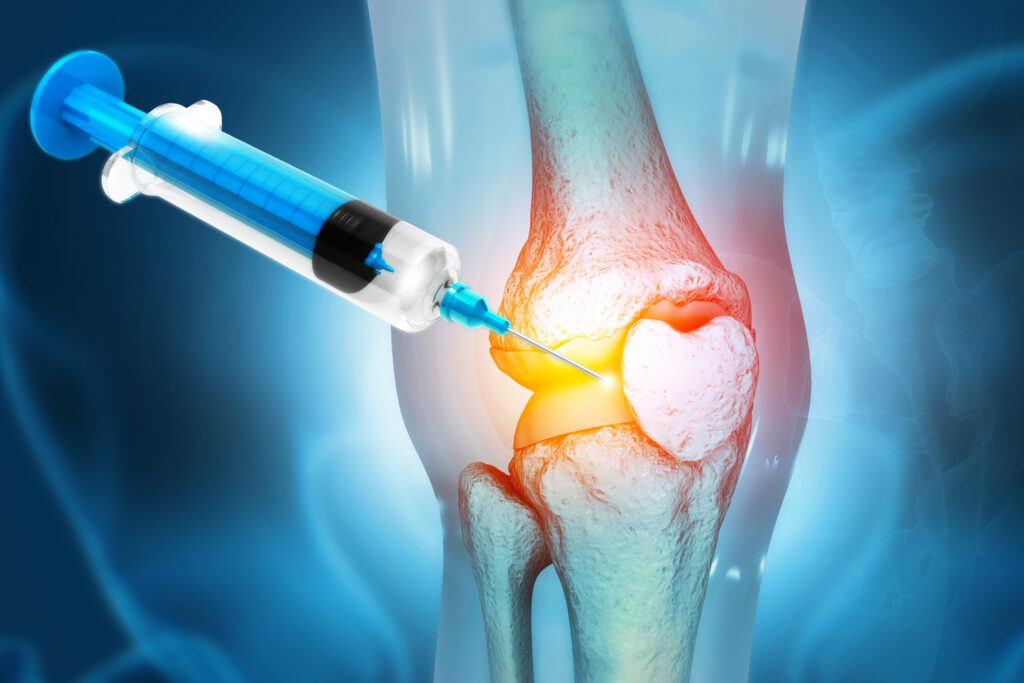Osteoarthritis (OA) is a common condition that affects older cats, significantly diminishing their quality of life (QOL). This progressive degenerative disease can lead to chronic pain and mobility issues, prompting pet owners to seek effective treatments. Recent research has explored the potential of mesenchymal stem cells (MSCs) as a novel therapy for inflammatory diseases, including OA.
A groundbreaking study conducted by Kosuke Mitani, Yuki Ito, Yukio Takene, and Toshio Inaba aimed to evaluate the effectiveness of allogeneic adipose-derived MSC (ADSC) therapy for cats suffering from naturally occurring OA. The researchers quantitatively assessed the impact of this therapy on the QOL of affected felines using established assessment tools.
To initiate the study, the team characterized the in vitro properties of ADSCs derived from four healthy cats. They examined the cells’ morphology, differentiation potential, and immunomodulatory capabilities. The cultured ADSCs demonstrated a spindle shape and adhered well without becoming flattened or enlarged. Notably, these cells maintained a consistent doubling time up to passage 5, indicating robust growth characteristics.
Upon induction, the ADSCs exhibited the ability to differentiate into osteogenic, adipogenic, and chondrogenic phenotypes, showcasing their versatility. The cells expressed specific markers, including CD44 and CD90, while lacking expression of CD14 and CD45. An essential aspect of the study was the ADSCs’ immunomodulatory potential, as they significantly suppressed the release of interferon-ɤ from mitogen-stimulated lymphocytes, a key indicator of their anti-inflammatory properties.
The clinical aspect of the research involved administering a single intravenous injection of allogeneic ADSCs to six cats diagnosed with OA. The feline musculoskeletal pain index (FMPI) served as the primary measure of QOL. Remarkably, the results indicated a significant improvement in the FMPI scores of all cats one month after receiving ADSC therapy, highlighting the positive impact on their overall well-being. Importantly, no adverse effects related to the ADSC administration were observed during the follow-up period, reinforcing the treatment’s safety.
In conclusion, this study provides compelling evidence that ADSC therapy possesses immunomodulatory potential and could lead to significant improvements in the quality of life for cats suffering from osteoarthritis. However, the authors emphasize the need for further research, calling for larger studies to fully understand the effectiveness and potential applications of ADSC therapy in veterinary medicine.
This promising development in treating OA in cats not only sheds light on innovative therapeutic options but also underscores the importance of enhancing the quality of life for our beloved feline companions.


